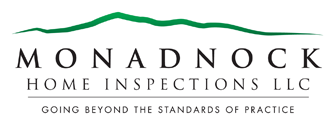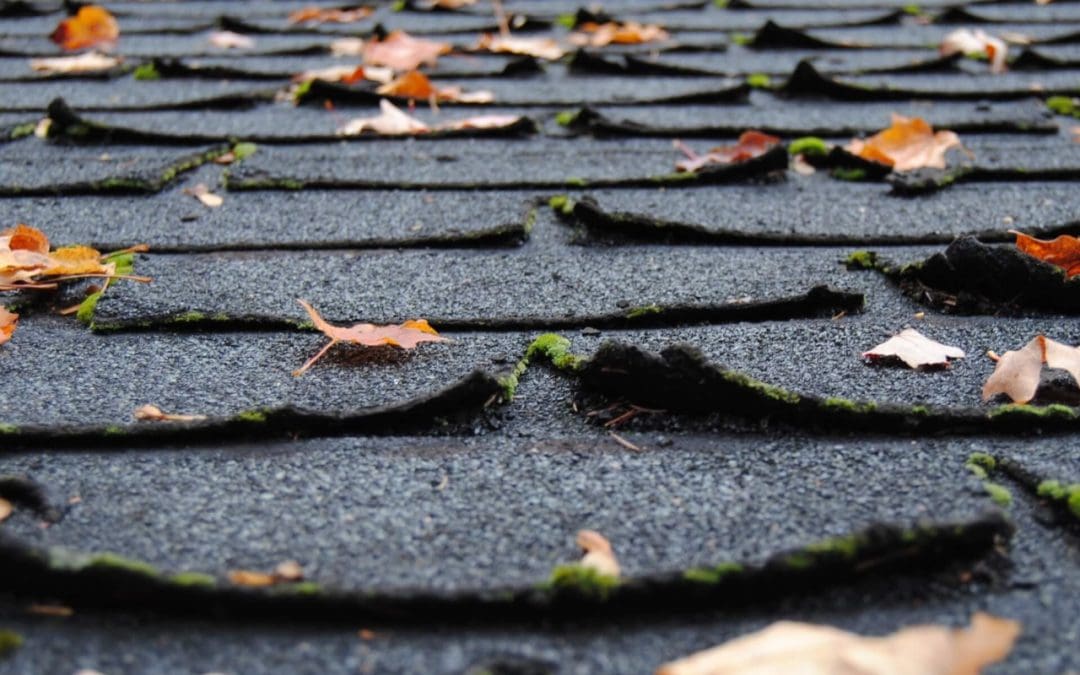Many homeowners don’t think about their roofs until they notice leaks or missing shingles. By that time, the damage may already be extensive and costly to fix. What seems like a minor roof defect could be resulting in rotting wood and mold. The good news is that a little yearly roof maintenance can go a long way in extending the life of your roof and preventing expensive repairs.
Inspecting Your Roof
The first step in yearly roof maintenance is a thorough inspection. You don’t need to be a roofing expert to spot potential problems. Start by looking at your roof from the ground using binoculars. Check for missing or curled shingles, dark patches, and any visible damage. If you’re comfortable, you can also use a ladder to get a closer look, but always prioritize safety.
Inside your home, inspect your ceilings and attic for any signs of water stains, mold, or damp spots. These can indicate a slow leak that needs attention before it becomes a major issue. If you spot anything concerning, it’s a good idea to call a professional roofer for a closer inspection.
Cleaning Your Gutters
Clogged gutters can cause all sorts of problems for your roof. Water can’t flow properly when leaves, twigs, and debris build up. Instead, it backs up under your shingles or spills over the sides, leading to water damage and foundation issues. Cleaning your gutters at least twice a year—once in the spring and once in the fall—helps prevent these problems.
If you have a lot of trees near your home, you may need to clean them more frequently. Installing gutter guards is a great way to reduce the amount of debris that collects in your gutters.
Checking for Mold and Moss During Yearly Roof Maintenance
Moss and algae might look harmless, but they can cause serious damage to your roof over time. Moss retains moisture, which can lead to shingle deterioration and wood rot. If you notice green or black streaks on your roof, it’s time to take action.
You can remove small patches of moss with a gentle scrubbing using a mixture of water and mild detergent. Avoid using a pressure washer, as the force can damage shingles. For larger problems, a professional roof cleaning service can safely remove moss and apply preventative treatments.
Sealing and Repairing Flashing
Flashing is the metal material that seals the joints of your roof, such as around chimneys, vents, and skylights. Over time, flashing can loosen, crack, or rust, allowing water to seep in. As part of your yearly maintenance, check these areas for signs of wear and tear.
If you find minor cracks, you can apply roofing sealant to prevent leaks. For more extensive damage, replacing the flashing may be necessary. Addressing these small repairs early can prevent costly water damage down the road.
Trimming Overhanging Branches
Trees add beauty and shade to your property, but overhanging branches can pose a risk to your roof. Strong winds or storms can cause branches to break and fall, damaging shingles or even puncturing the roof.
Trimming back branches that hang over your roof reduces this risk and prevents leaves from accumulating in your gutters. Keeping trees well-maintained will help protect your roof and extend its lifespan.
When to Call a Professional for Yearly Roof Maintenance
While many roof maintenance tasks can be done on your own, some issues require professional expertise. If you notice significant shingle damage, sagging areas, or persistent leaks, it’s best to call in a roofer. A professional inspection can catch problems that might not be visible to an untrained eye, saving you money in the long run.
If your roof is over 20 years old, consider having it inspected annually by a roofing expert. Even if it appears in good condition, older roofs are more susceptible to hidden damage and wear.
A little effort each year can save you from major headaches down the road. By taking the time to inspect and maintain your roof, you’ll protect your home, save money, and ensure your roof lasts for many years to come.
FAQs About Yearly Roof Maintenance
How often should I inspect my roof?
A full inspection should be done at least once a year, preferably in the spring or fall. It’s also a good idea to check your roof after major storms.
Can I pressure wash my roof to clean it?
No, pressure washing can damage shingles and loosen granules, reducing the lifespan of your roof. Use a gentle cleaning method or hire a professional for moss and algae removal.
What are the signs that my roof needs repairs?
Look for missing, cracked, or curled shingles, water stains on your ceilings, mold growth, or sagging areas. Any of these signs indicate that repairs may be needed.
Do I need to replace my roof if I find a leak?
Not necessarily. Small leaks can often be repaired without replacing the entire roof. However, replacement might be the best option if your roof is old or has widespread damage.
How can I extend the life of my roof?
Regular maintenance, keeping gutters clean, trimming trees, and promptly addressing minor repairs will help extend your roof’s lifespan.
Monadnock Home Inspections offers inspections to homebuyers and sellers in southern New Hampshire. Contact us to request our services.

